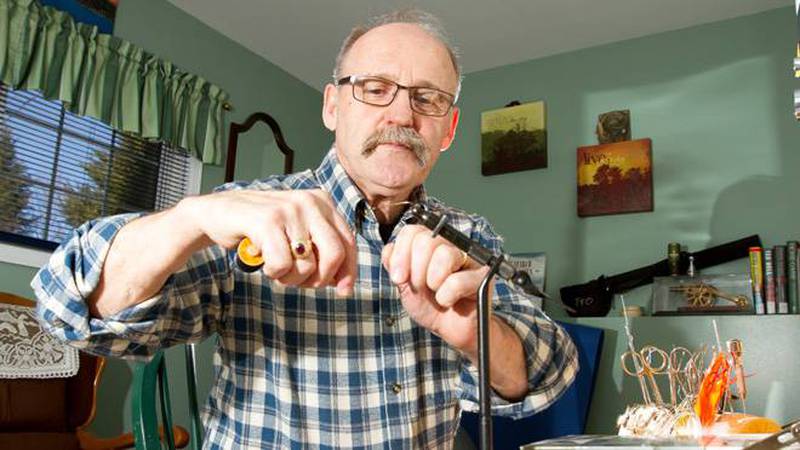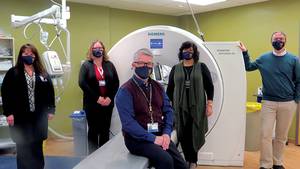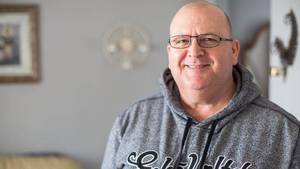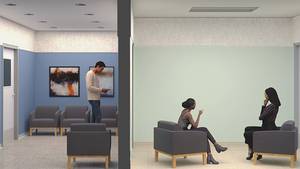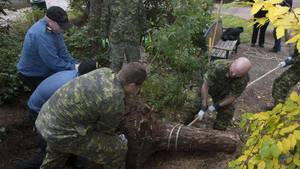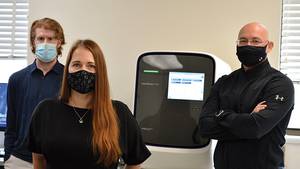When Gary Beazley’s doctor recommended high-dose-rate (HDR) prostate brachytherapy, he was surprised to learn he would have to travel more than 250 kilometers to receive the medical treatment.
After being diagnosed with prostate cancer in November 2011, Gary, a retired 64-year-old living in Musquodoboit Harbour,drovewith his wife to Moncton to receive treatment.
People with prostate cancer in Nova Scotia, who would benefit from brachytherapy treatment, are either referred to Moncton, or undergo external radiotherapy or surgery. External radiotherapy takes up to eight weeks and can result in more bowel problems than brachytherapy.
“You do what you have to do,” says Gary about making the four-hour trip to New Brunswick. “It will be great to have it in Halifax. They definitely need it.”
Thanks to QEII Foundation donors, patients like Gary will soon receive HDR treatment in the QEII Health Sciences Centre's Dean and Evelyn Salsman Brachytherapy Suite. The QEII already has the equipment to deliver the radiation treatment, and the necessary software has been purchased, says Dr. David Bowes, a radiation oncologist at the QEII who treats prostate cancer patients.
The service should be open by late 2013. When the program is running at the QEII, three patients could receive it every week, says Dr. Bowes. Each month, at least 12 people like Gary, won’t have to travel to Moncton, saving them time and stress, but money, too. Gary estimates it cost him about $300 in gas and lodging to make the trips to Moncton for his treatment.
“It is important that we offer the best possible treatment,” says Dr. Bowes. “Brachytherapy is the standard of care in the country.”
Prostate brachytherapy treatment is a one-day, outpatient procedure that takes about one and a half hours. A high dose of radiation is delivered directly to the prostate using needles placed through the perineal skin, helping to protect healthy surrounding organs and structures. While patients are under anesthesia during the treatment, they don’t have to undergo surgery, which can affect urinary and sexual function. While patients may still require a short course of external radiation therapy, it is much shorter than that required in patients who do not receive brachytherapy. Overall, patients recover from the treatment within days. “It allows men to get back to work and to their lives,” Dr. Bowes says.
“Brachytherapy treatment causes less side effects,” Dr. Bowes says. “It allows us to be a lot more precise at what we do and it is also more effective than radiation.”
Not only is brachytherapy treatment effective in treating prostate cancer, having it available in Nova Scotia for prostate patients will reduce cancer wait times by decreasing demand on other radiation treatment equipment, says Dr. Bowes. With Nova Scotia’s aging population, and prostate cancer being the province’s most diagnosed cancer in men, it’s a critical tool for delivering the best possible care. “We have all the expertise here to do it.”

